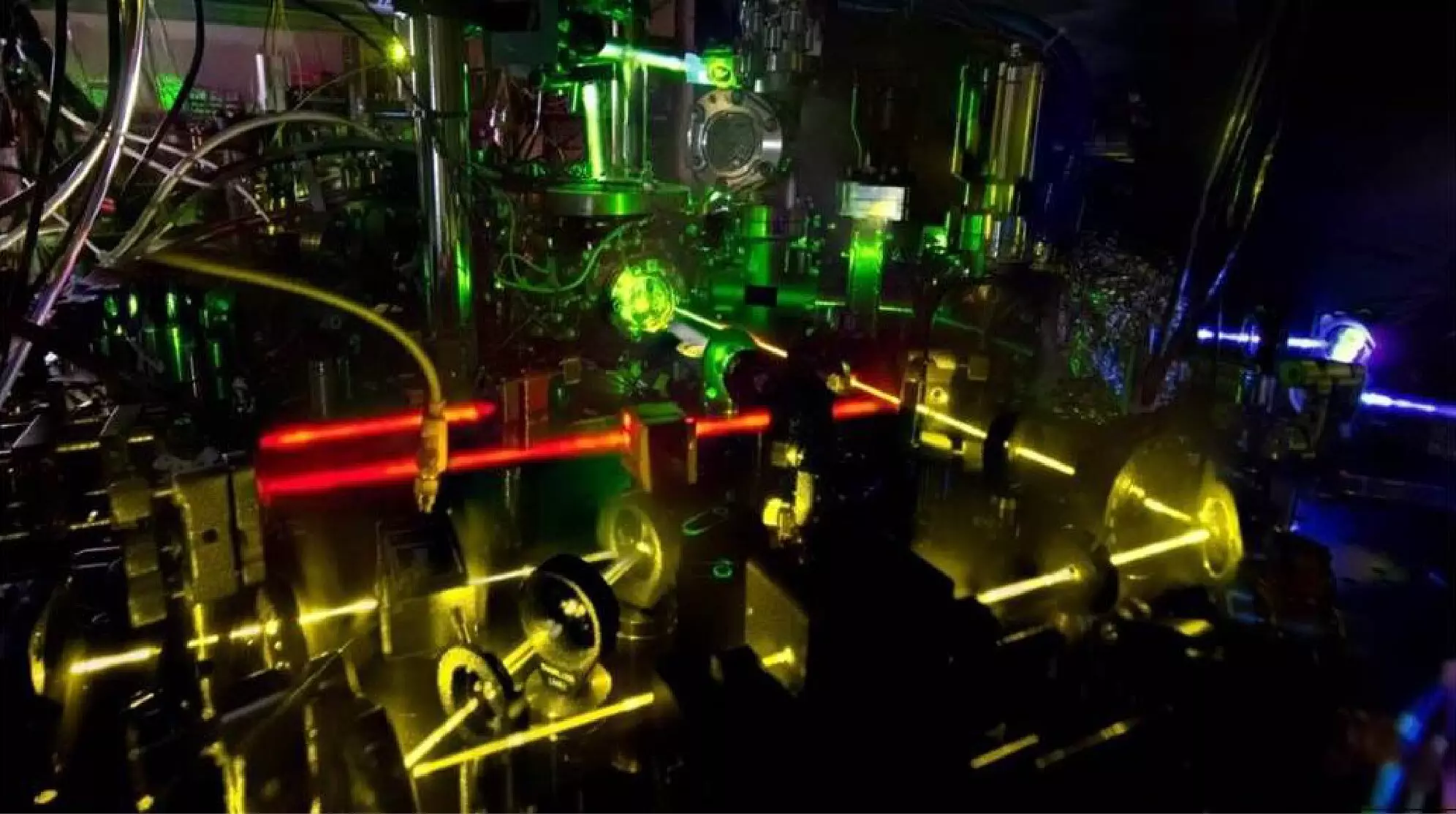In the ever-evolving field of quantum metrology, the quest to enhance the precision of atomic clocks—a critical tool for modern science—continues to inspire innovation. Recent developments from a collaboration among researchers at the National Institute of Standards and Technology (NIST), University of Colorado, and Pennsylvania State University have led to a groundbreaking sub-recoil Sisyphus cooling technique. This pioneering approach, which promises to improve the accuracy of atomic clocks and contribute to various quantum technologies, highlights the importance of interdisciplinary research and technological advancements in metrology.
Atomic clocks function by measuring the oscillation frequencies of atoms, utilizing high-precision spectroscopy as their operational backbone. These devices rely on detecting atomic states with exceptionally long lifetimes and minimal linewidths, often in the sub-Hertz range. The superiority of their timekeeping abilities stems from their ability to stabilize frequency references against perturbations, rendering them indispensable in applications such as global positioning systems and telecommunications. However, enhancing the accuracy of these atomic clocks is a topic of continuous exploration, particularly when it comes to improving the cooling efficiencies of the atoms involved.
Central to this new research is the Sisyphus cooling method, which sees its origins in prior studies focusing on hydrogen and anti-hydrogen. The NIST research team, led by co-author Chun-Chia Chen, adapted this technique to optimize their optical lattice clocks. The process involves creating a periodically modulated energy shift within the excited states of the atoms, allowing for precision control over their cooling conditions. By managing where and how the excitation occurs within the energy landscape, the team effectively enables the atoms to shed kinetic energy.
The essence of the method lies in exploiting the physical properties of the periodic potential landscape surrounding the atoms. As atoms climb this engineered landscape and exit from the minimum potential, they lose energy, thereby achieving cooling. This innovative application of the Sisyphus mechanism significantly enhances the uniformity of the atomic samples used in experimental settings, setting the stage for groundbreaking advances in clock precision.
The implications of improving atomic clock precision via the Sisyphus cooling method extend beyond merely refining timekeeping. Precision spectroscopy—a long-standing research domain within atomic physics—holds the key to understanding fundamental atomic and subatomic phenomena. The ability to conduct high-precision measurements on various systems, including anti-matter, paves the way for groundbreaking explorations in particle physics.
Chen asserts that addressing the inherent potential difference experienced by atoms in their ground and excited states is essential for achieving high-precision spectroscopic results. The team’s approach of optimizing cooling mechanisms before engaging in clock spectroscopy lessens this difference, thereby refining the timekeeping process even further. Improved cooling conditions allow for the utilization of shallower traps—reducing disruptive trapping effects that could otherwise skew measurement outcomes.
While the collaborators demonstrated their innovative cooling scheme specifically using an Ytterbium-based optical lattice clock, its applicability is not confined solely to atomic clock technology. The theoretical framework behind this cooling technique holds promise for other emerging fields, particularly in quantum information processing and computing systems. As the demand for accuracy and efficiency in these technologies continues to rise, the integration of advanced cooling methodologies like Sisyphus cooling will likely prove invaluable.
Researcher Andrew Ludlow emphasizes that the lower temperatures achieved through this technique permit a more uniform atomic ensemble within the magic-wavelength standing-wave laser traps. This uniformity is instrumental when refining characterizations of how different factors influence clock frequency, ultimately steering future advancements in the field.
The journey towards refining atomic clock precision through Sisyphus cooling is far from complete. The ongoing research efforts by Chen and his colleagues are poised to explore additional applications of this method, striving to further minimize discrepancies between atomic states and improve overall measurement capabilities. As the boundary lines between quantum physics and practical technology begin to blur, the impact of such research will not only elevate the utility of atomic clocks but could engage entirely new paradigms within quantum mechanics.
The sub-recoil Sisyphus cooling technique represents a significant advancement in the precision of atomic clocks and lays the groundwork for further exploration into quantum metrology. The ongoing collaboration between institutions showcases the synergistic potential of multidisciplinary approaches in addressing critical scientific challenges, pushing the boundaries of what is currently conceivable in the landscape of timekeeping and quantum technologies.


Leave a Reply